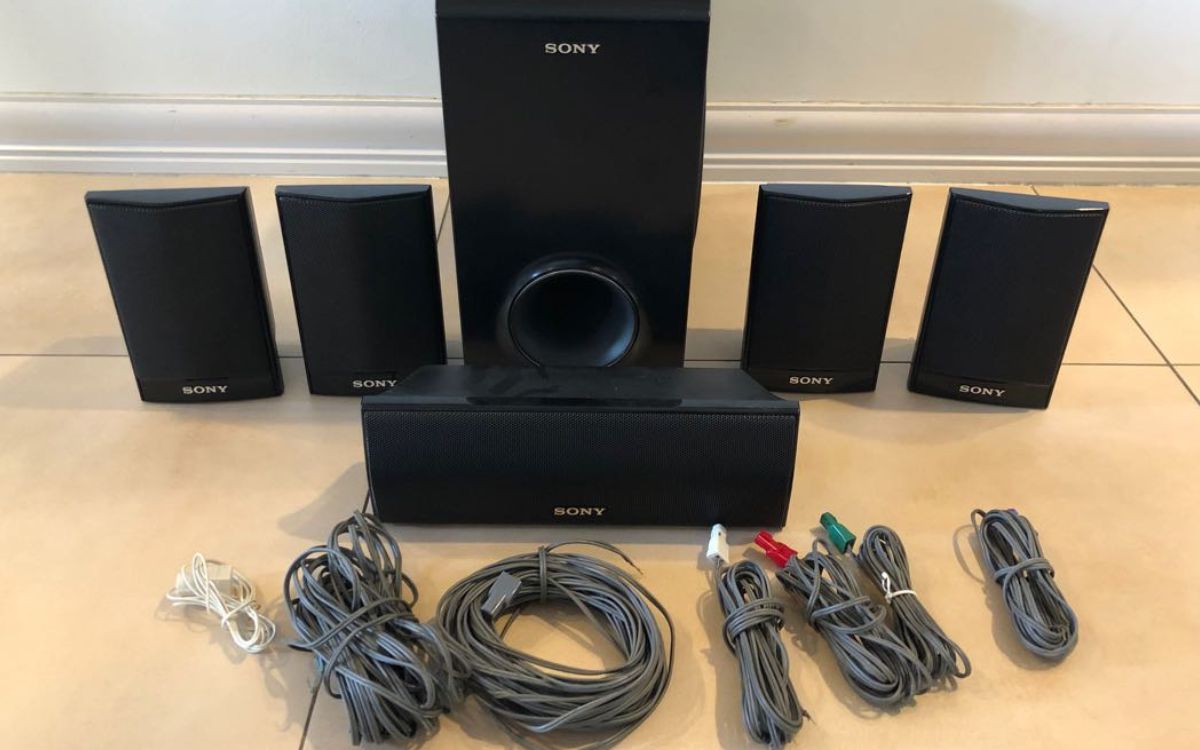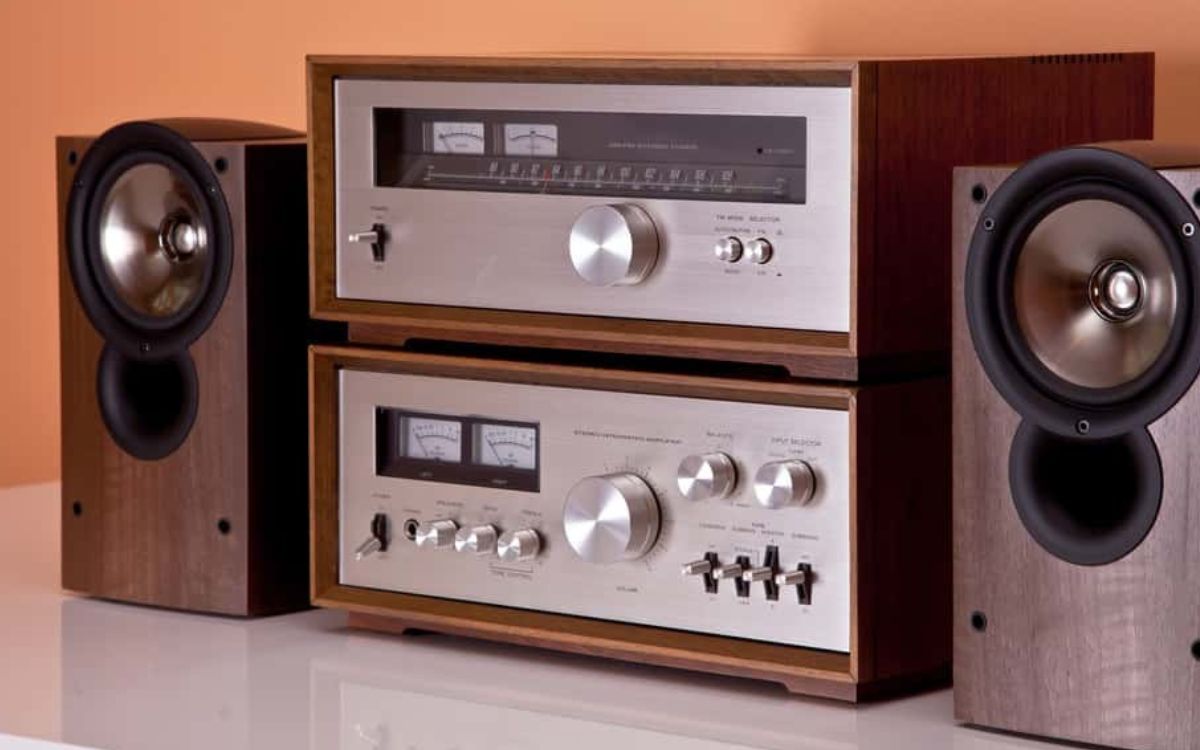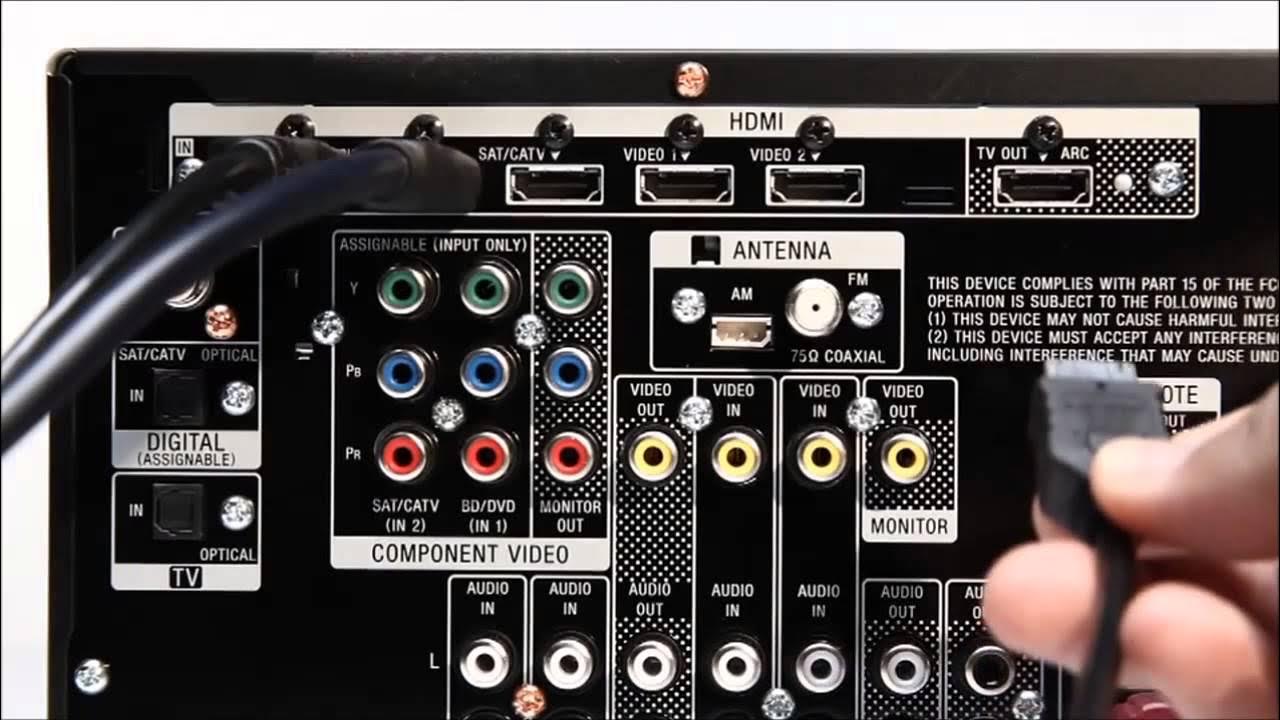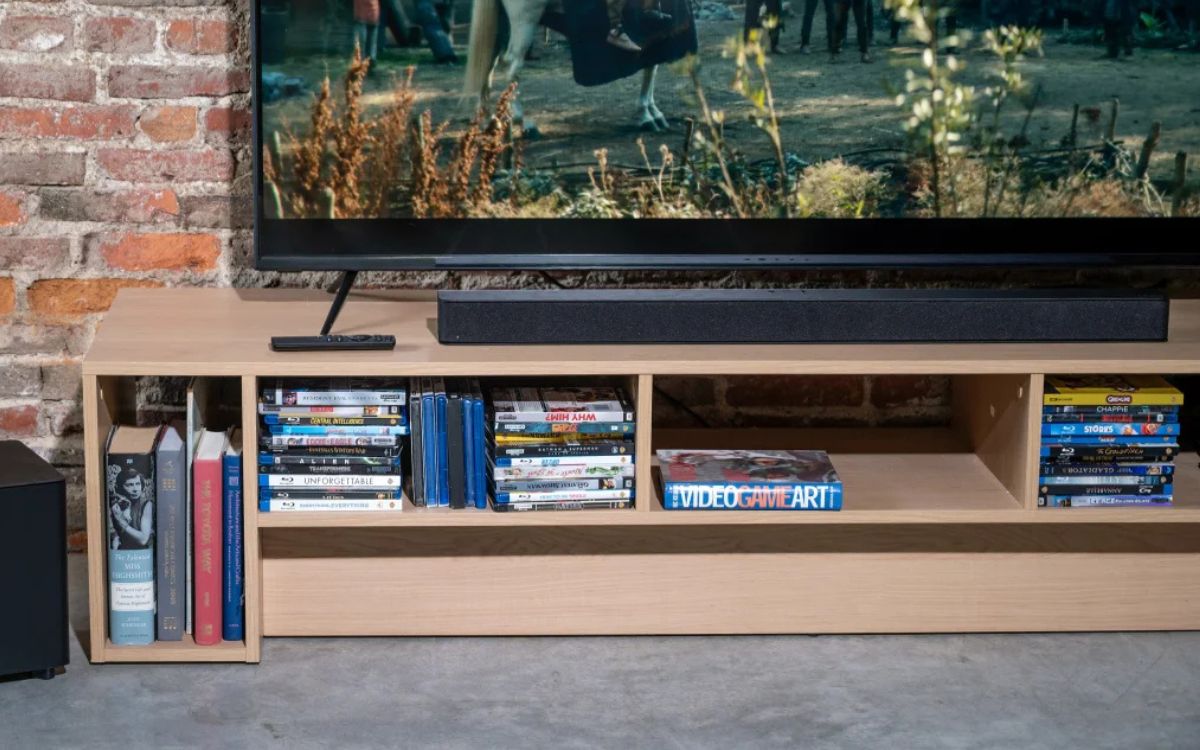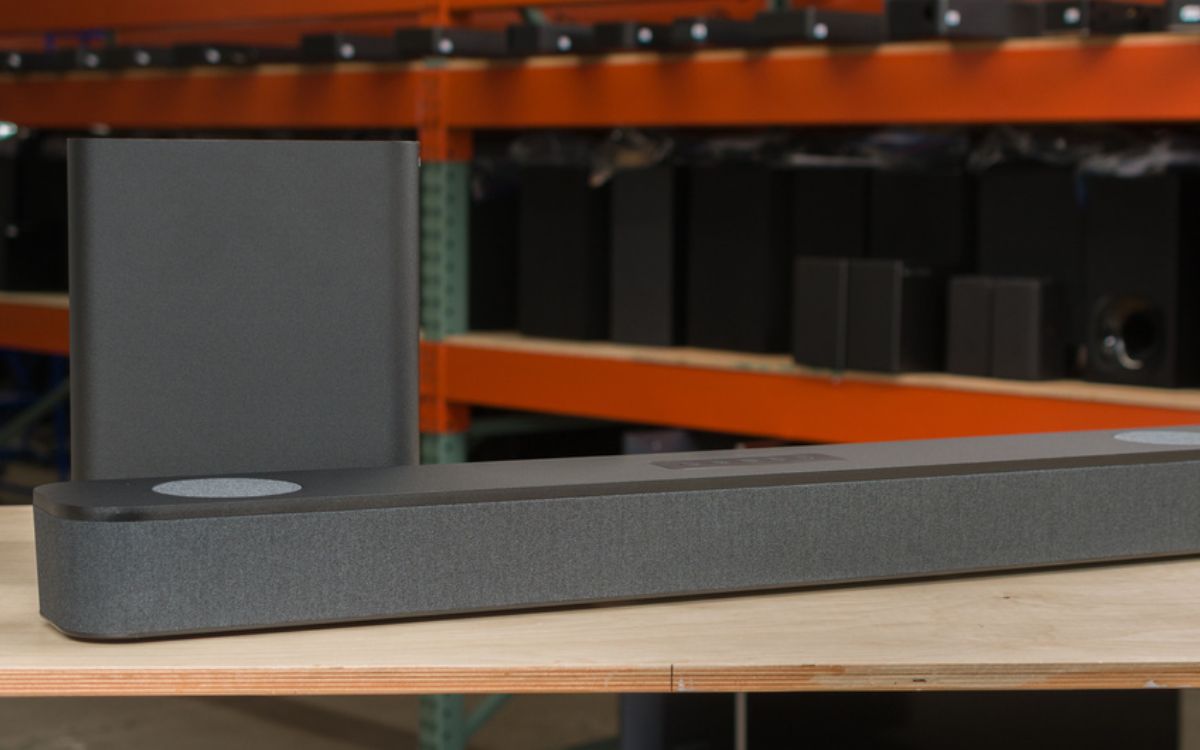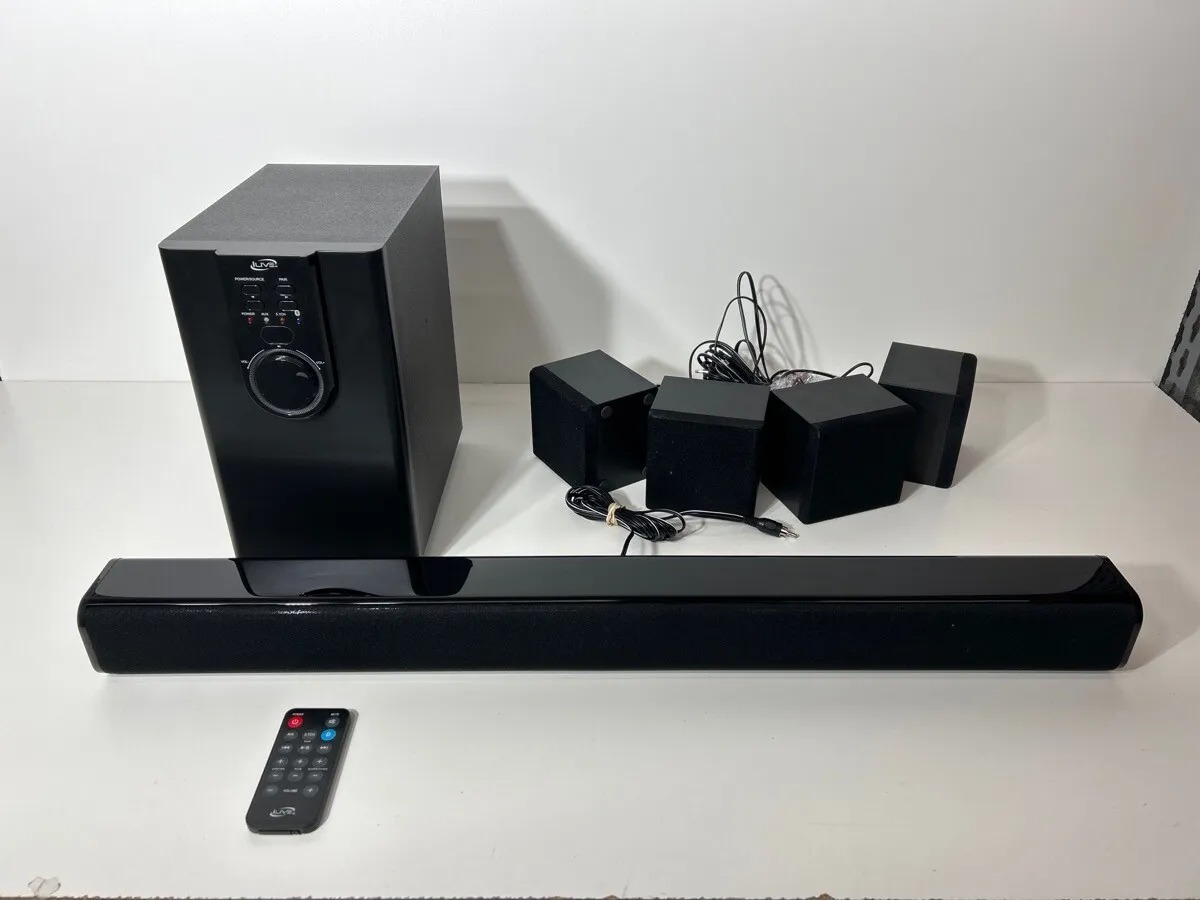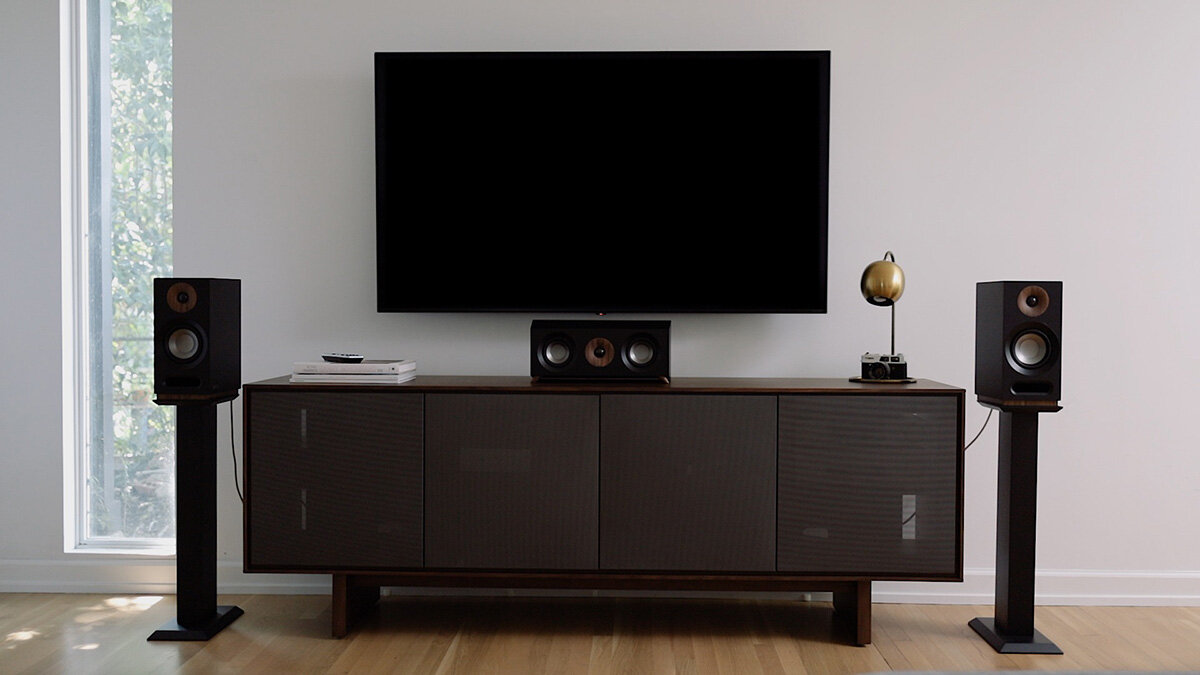Home>Production & Technology>Surround Sound>How To Hook Up A DVD Player To Surround Sound
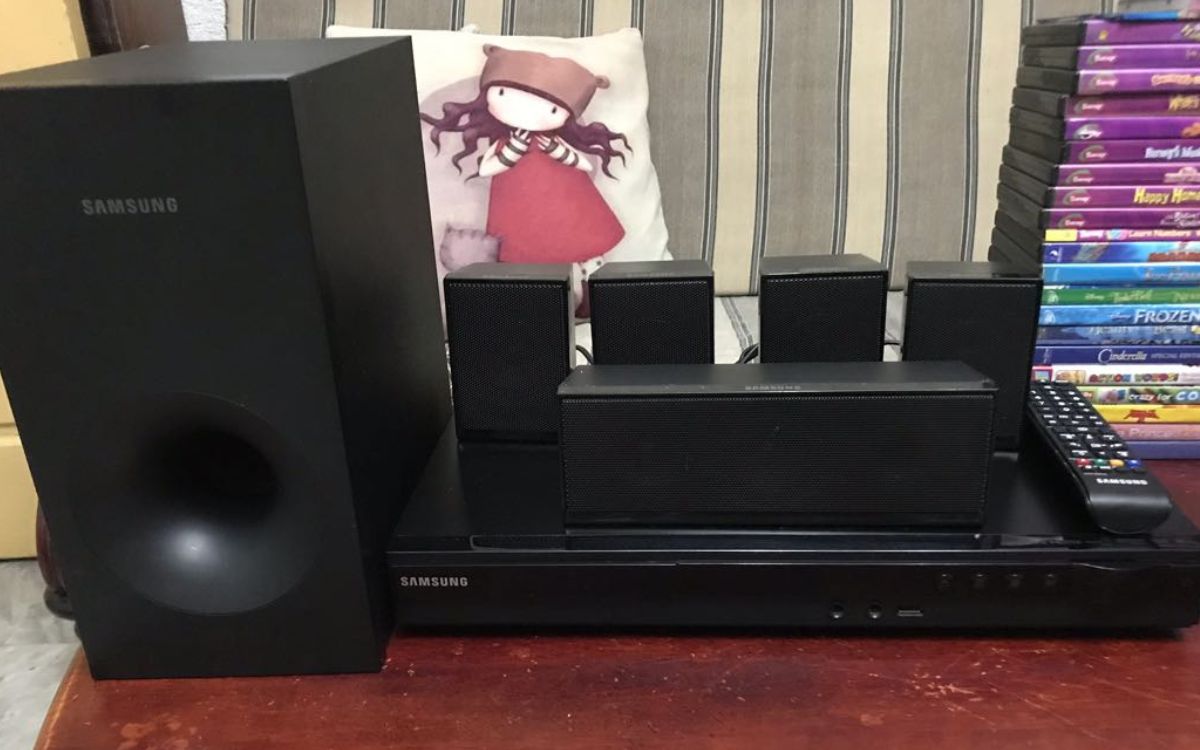

Surround Sound
How To Hook Up A DVD Player To Surround Sound
Modified: January 22, 2024
Learn how to easily hook up your DVD player to surround sound for an immersive audio experience. Enhance your home entertainment with our step-by-step guide.
(Many of the links in this article redirect to a specific reviewed product. Your purchase of these products through affiliate links helps to generate commission for AudioLover.com, at no extra cost. Learn more)
Table of Contents
Introduction
Surround sound systems are a fantastic way to bring the cinematic experience right into the comfort of your own home. The ability to hear sound coming from all directions immerses you into the action, making you feel like you’re right in the middle of the scene. If you’ve recently purchased a new DVD player and want to enjoy your favorite movies with the ultimate audio experience, you’re in the right place.
In this guide, we’ll walk you through the process of hooking up a DVD player to a surround sound system. Whether you’re a seasoned audio enthusiast or a beginner, we’ll provide easy-to-follow steps to ensure that you can enjoy rich, immersive sound from your DVD player.
Before we dive into the steps, let’s quickly review the benefits of connecting a DVD player to a surround sound system. First and foremost, surround sound greatly enhances the audio quality, allowing you to enjoy the fine details and nuances of movie soundtracks. It brings a new dimension to your movie-watching experience, making it more enjoyable and engaging. Additionally, by connecting your DVD player to a surround sound system, you can also take advantage of the different sound modes available, such as Dolby Digital, DTS, and Pro Logic, to customize the audio output to your liking.
Now that we have a better understanding of the benefits, let’s move on to the step-by-step process of connecting your DVD player to a surround sound system. Get ready to take your movie nights to the next level!
Step 1: Gather the necessary equipment
Before you can start connecting your DVD player to a surround sound system, you’ll need to gather a few essential pieces of equipment. Here’s what you’ll need:
- DVD player: Ensure that you have a DVD player that supports surround sound. Most modern DVD players have multiple audio outputs, including HDMI and optical, which are necessary for connecting to a surround sound system.
- Surround sound receiver: This is the heart of your surround sound system. Make sure you have a receiver that supports the audio inputs from your DVD player. Look for a model that has the necessary audio inputs, such as HDMI, optical, or coaxial.
- Audio cables: Depending on the audio outputs of your DVD player and the inputs on your surround sound receiver, you’ll need the appropriate audio cables. HDMI cables are commonly used for both video and audio transfer, but you may also need optical or coaxial cables for audio connectivity.
- Speaker wires: You’ll need enough speaker wires to connect your surround sound speakers to the receiver. The length of the wires will depend on the layout of your room and the location of your speakers.
- Surround sound speakers: To enjoy the full surround sound experience, you’ll need a set of speakers, including front speakers, rear speakers, and a center speaker. Some systems may also include a subwoofer for low-frequency effects.
Make sure all the equipment is in working order and that you have the necessary cables and wires. It’s also a good idea to read the user manuals for your DVD player and surround sound receiver to familiarize yourself with their setup and configuration options.
Once you have gathered all the necessary equipment, you’re ready to move on to the next step: connecting the audio/video cables.
Step 2: Connect the audio/video cables
In this step, we’ll focus on connecting the audio and video cables between your DVD player and the surround sound receiver. Follow these steps:
- Begin by locating the audio and video outputs on your DVD player. Look for HDMI, optical, or coaxial outputs, depending on what is available on your specific model.
- Next, locate the corresponding audio inputs on your surround sound receiver. These inputs may be labeled with names like “DVD,” “BD,” or “Aux.” Make sure to select inputs that match the type of cable you’re using.
- Now, connect one end of the audio cable to the audio output on your DVD player. Depending on the available options, choose HDMI, optical, or coaxial cables. If you’re using HDMI, this cable will carry both video and audio signals.
- Connect the other end of the audio cable to the corresponding audio input on your surround sound receiver.
- If you’re using an HDMI cable, connect one end to the HDMI output on your DVD player and the other end to the HDMI input on your surround sound receiver. This will carry both video and audio signals in a single cable.
- Ensure that you have properly plugged in the cables and that they are securely connected. Check for any loose connections that may affect the audio or video quality.
Once you have completed these steps, the audio and video signals from your DVD player will be successfully routed to your surround sound receiver. The next step is to connect the DVD player to the surround sound receiver.
Step 3: Connect the DVD player to the surround sound receiver
Now that you have successfully connected the audio and video cables between your DVD player and the surround sound receiver, it’s time to physically connect the two devices together. Follow these steps:
- Locate the audio inputs on your surround sound receiver. These inputs are usually labeled with names like “DVD,” “BD,” or “Aux.”
- Take the other end of the audio cables that you connected to the DVD player in the previous step and plug them into the corresponding audio inputs on the surround sound receiver.
- If you’re using HDMI cables, ensure that the HDMI cable connected to the DVD player’s HDMI output is also connected to the HDMI input on the surround sound receiver. This will allow the audio signal to be transmitted along with the video signal.
- If you have a subwoofer, locate the subwoofer output on the surround sound receiver and connect the subwoofer cable to it. This will provide the necessary low-frequency audio for a more immersive sound experience.
- Review the connections to make sure everything is securely plugged in. Check for any loose connections that may affect the audio quality.
After completing these steps, your DVD player is now physically connected to your surround sound receiver. The next step is to configure the audio settings on both devices to ensure optimal sound quality.
Step 4: Configure the audio settings
After connecting the DVD player to the surround sound receiver, it’s important to configure the audio settings on both devices to ensure optimal sound quality and compatibility. Follow these steps to configure the audio settings:
- Turn on your DVD player and the surround sound receiver.
- Access the settings menu on your DVD player. Consult the user manual if you’re unsure how to access the settings menu.
- In the settings menu, find the audio output settings. Select the appropriate audio output option that matches the type of connection you made (HDMI, optical, or coaxial). If you’re using HDMI, make sure the audio output is set to “Bitstream” or “Dolby Digital” to ensure that surround sound is enabled.
- Access the settings menu on your surround sound receiver. Again, refer to the user manual if needed.
- In the receiver’s settings menu, locate the audio input options. Make sure that the input you connected your DVD player to is selected as the active input.
- Explore the audio settings on the receiver and adjust them to your preference. You may find options to adjust the speaker levels, audio modes, and equalization settings. Experiment with these settings to find the sound that suits your taste.
- Test the audio output by playing a DVD. Make sure to choose a movie with a surround sound soundtrack to fully experience the benefits of your setup.
By configuring the audio settings on both the DVD player and the surround sound receiver, you’ll ensure that the audio is optimized for your specific setup and preferences. Take the time to fine-tune the settings and enjoy the enhanced audio experience.
Step 5: Test the setup
Once you have connected and configured your DVD player and surround sound receiver, it’s time to test the setup to ensure everything is working correctly. Follow these steps to test your setup:
- Choose a DVD or Blu-ray disc with a surround sound soundtrack. Ideally, select a movie that you are familiar with and know has immersive audio.
- Insert the disc into the DVD player and turn on your TV and surround sound system.
- On your surround sound receiver, select the input that is connected to your DVD player. This may be labeled as “DVD,” “BD,” or something similar.
- Start playing the movie and pay attention to the audio. You should hear sound coming from all directions, with distinct audio cues and immersive effects.
- Test each speaker individually by playing a test tone through your surround sound receiver. This will help you ensure that each speaker is functioning properly and positioned correctly. Adjust the speaker levels as needed to achieve a balanced sound.
- Listen for any audio inconsistencies or issues, such as a lack of sound from certain speakers or distortion. If you encounter any problems, double-check your connections and settings to troubleshoot the issue.
- Experiment with different audio modes on your surround sound receiver to find the one that best suits your preference. Some movies may have specialized audio tracks, such as Dolby Atmos or DTS:X, which can provide an even more immersive experience.
By carefully testing your setup, you’ll be able to identify any issues and make the necessary adjustments to achieve the best audio quality. Take the time to fine-tune the speakers and settings until you’re satisfied with the overall sound experience.
Congratulations! You have successfully connected your DVD player to a surround sound system, allowing you to enjoy your favorite movies with immersive and high-quality audio. Now, sit back, relax, and enjoy the incredible audio experience that your setup provides.
Conclusion
Connecting a DVD player to a surround sound system is a great way to elevate your movie-watching experience. By following the steps outlined in this guide, you can ensure that you have a fully functional setup that delivers immersive and high-quality audio.
We started by gathering the necessary equipment, including a DVD player, surround sound receiver, audio and video cables, speaker wires, and surround sound speakers. It’s important to have all the equipment in place before proceeding.
Next, we walked through the process of connecting the audio and video cables between the DVD player and the surround sound receiver. This step involved identifying the audio and video outputs of the DVD player, locating the corresponding inputs on the surround sound receiver, and securely connecting the cables.
After that, we physically connected the DVD player to the surround sound receiver, ensuring all cables were properly plugged in. This step involved connecting the audio cables from the DVD player to the audio inputs on the surround sound receiver and, if applicable, connecting the subwoofer for optimal bass reproduction.
Once the physical connections were established, we moved on to configuring the audio settings on both the DVD player and the surround sound receiver. This step allowed us to optimize the audio output and tailor it to our preferences, utilizing different audio modes and adjusting speaker levels.
Finally, we concluded with the crucial step of testing the setup. By playing a movie with a surround sound soundtrack, we were able to verify the functionality of each speaker and make any necessary adjustments to ensure an immersive and balanced audio experience.
Remember, connecting a DVD player to a surround sound system requires attention to detail and patience. Take your time, follow the steps carefully, and don’t hesitate to consult the user manuals or seek assistance if needed. With the right setup and proper configuration, you’ll be able to enjoy a cinematic audio experience in the comfort of your own home.

